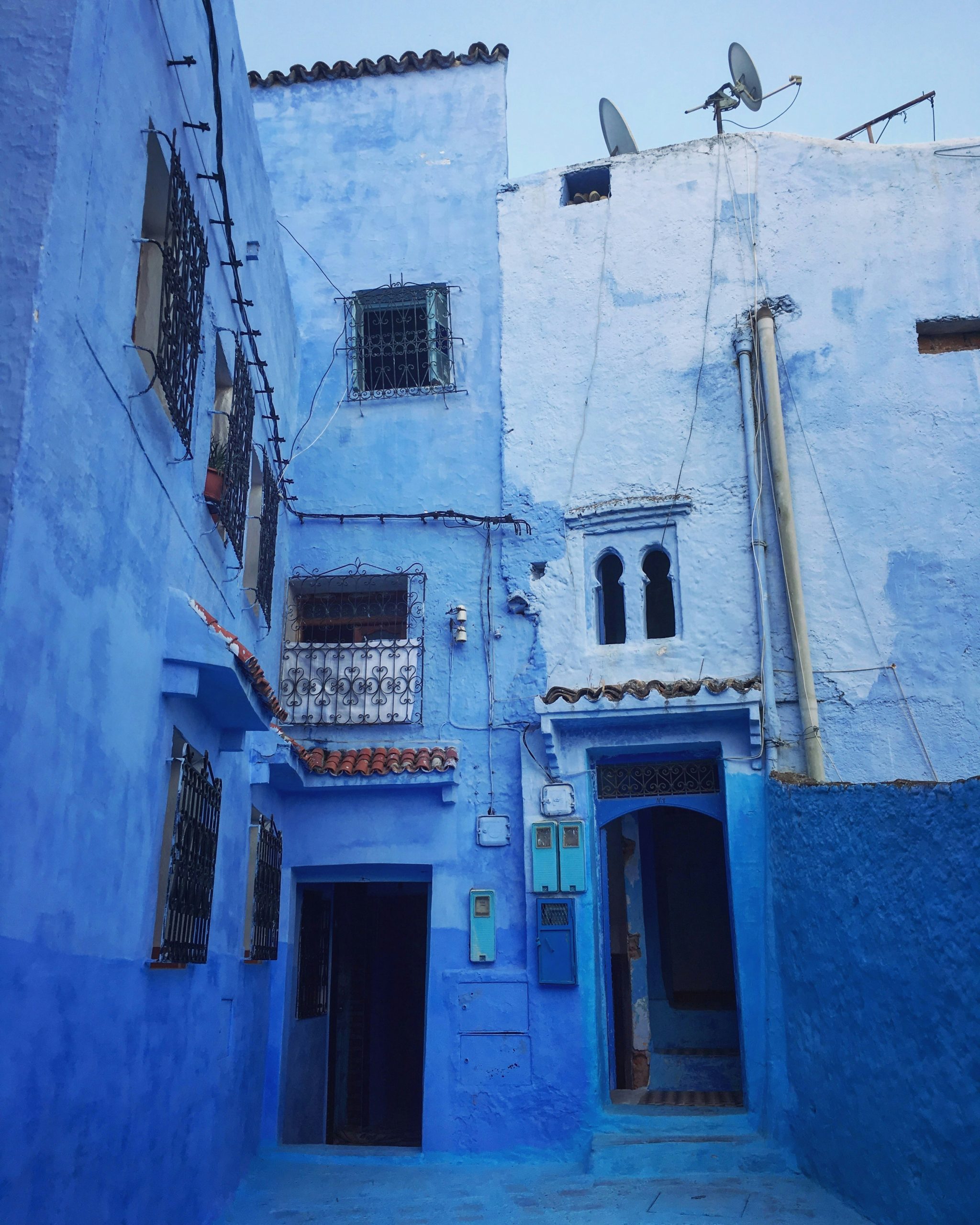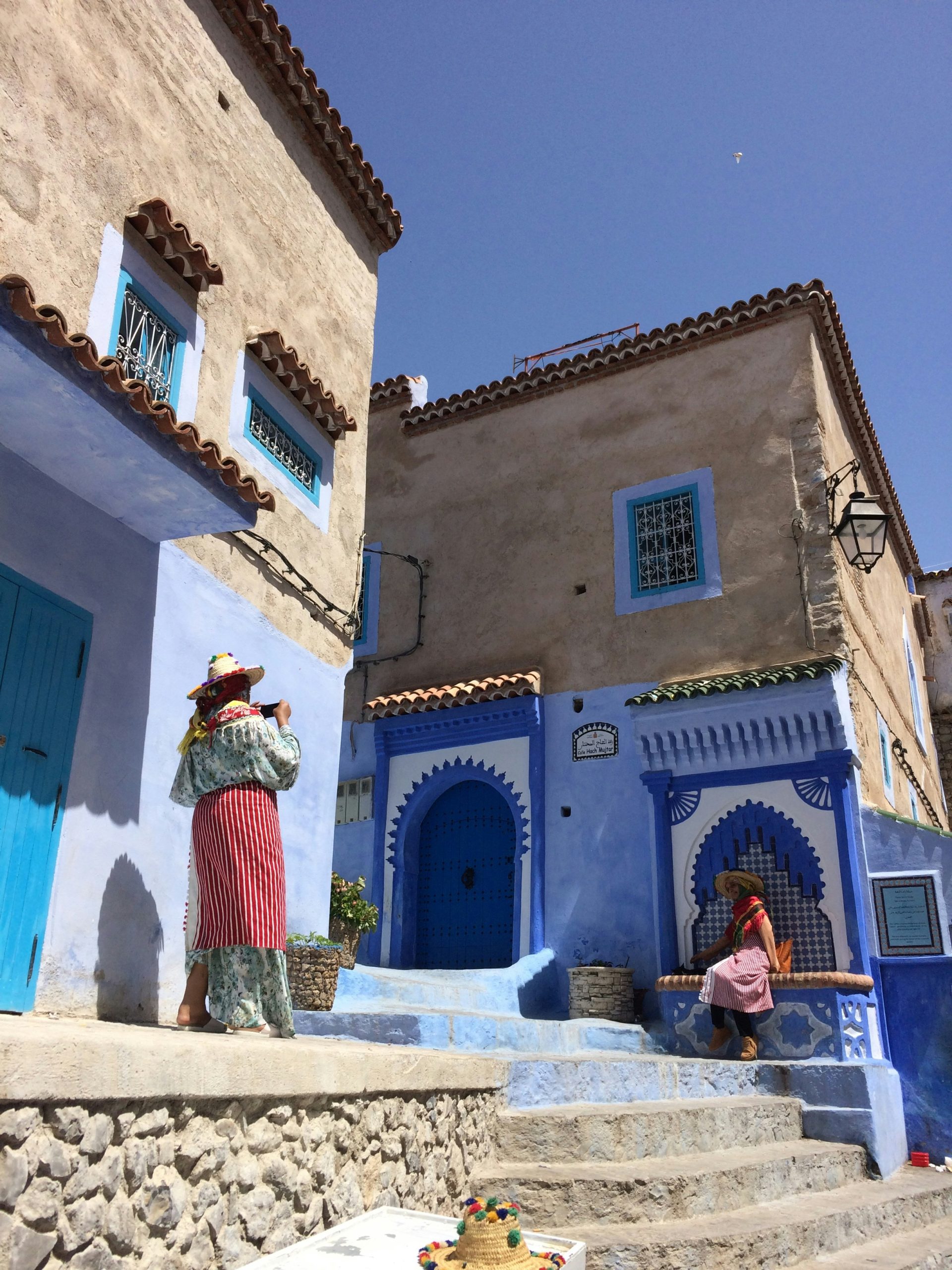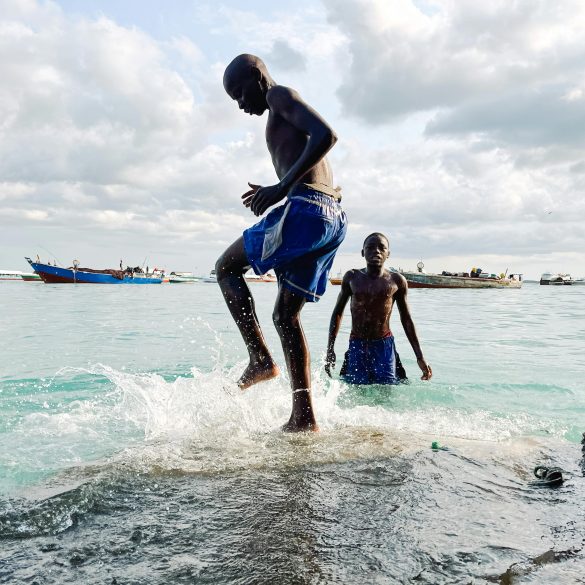Exploring Chefchaouen: The Blue Pearl of Morocco
Honestly, I’ve never quite experienced anything like stepping into Chefchaouen for the first time. Picture this: you’re winding through the Rif Mountains of northern Morocco, the landscape gradually shifting from dusty brown to scattered green patches, when suddenly—like something straight out of a fairy tale—an entire city painted in every imaginable shade of blue emerges before you. That moment still gives me chills, even after visiting multiple times over the past decade. There’s something almost mystical about how this mountain town, perched at 600 meters above sea level, seems to capture and reflect the sky itself1.Planning Your Perfect Timing
Based on my multiple visits throughout different seasons, I strongly recommend April through June or September through November. Summer temperatures can reach uncomfortable levels, while winter brings occasional rain that transforms those picturesque blue streets into slippery challenges.
The Enchanting Blue Magic of Chefchaouen
Let me tell you something that most travel guides won’t mention: the blue isn’t uniform throughout the city. During my explorations, I’ve discovered that different neighborhoods showcase distinctly different blue palettes, each telling its own story3. The medina’s heart features deeper, more saturated blues—what locals call “Chefchaouen blue”—while residential areas often display lighter, powder blue shades. Some buildings incorporate intricate patterns mixing various blue tones with white accents, creating these absolutely stunning geometric designs that photographers dream about.| Blue Shade | Common Location | Photography Tips | Best Light |
|---|---|---|---|
| Deep Chefchaouen Blue | Main medina streets | Wide-angle shots | Golden hour |
| Powder Blue | Residential quarters | Portrait backdrops | Overcast conditions |
| Turquoise Accents | Doorways and windows | Detail photography | Soft morning light |
| Mixed Pattern Blues | Traditional houses | Architectural focus | Midday shadows |
- Best sunrise viewing: Spanish Mosque terrace (5:45 AM in summer)
- Optimal photography light: 45 minutes after sunrise and before sunset
- Crowd-free exploration: Before 8 AM and after 7 PM
- Weather consideration: Avoid rainy days when blue surfaces become slippery

Cultural Heart and Berber Heritage
Now, here’s where Chefchaouen really captured my heart beyond just its visual beauty: the incredible cultural depth rooted in authentic Berber traditions that have survived centuries of change5. I remember sitting with Hassan, a local rug weaver, in his tiny workshop tucked away in a side alley most tourists never discover. His hands moved with practiced precision across threads that seemed to mirror the very blue shades surrounding us. “My grandfather taught me these patterns,” he explained, “the same ones his grandfather learned from Jewish artisans who lived here generations ago.” That conversation really opened my eyes to something crucial: Chefchaouen isn’t just a pretty backdrop for Instagram photos. It’s a living testament to cultural fusion, where Berber, Arab, Andalusian, and Jewish influences have blended into something uniquely beautiful.Traditional Crafts and Artisan Culture
What absolutely amazes me is how many traditional crafts are still practiced using methods passed down through generations. I’ve watched elderly women weaving carpets with patterns that represent specific tribal histories, their fingers moving across wool dyed with natural pigments extracted from local plants.- Traditional carpet weaving using natural dyes from Rif Mountain plants
- Pottery crafted with techniques dating back to Andalusian refugees
- Leatherwork incorporating Berber geometric designs
- Jewelry making using traditional Amazigh silver-working methods
- Woodcarving featuring Islamic and Berber artistic motifs
Cultural Etiquette Insights
Learning basic Tamazight (Berber language) phrases like “Azul” (hello) and “Tanmirt” (thank you) creates immediate connection with locals. Most residents speak Arabic and French, but acknowledging their Berber heritage shows genuine respect for the cultural foundation of this region.
Essential Travel Planning and Logistics
Alright, let’s get down to the nitty-gritty practical details that can make or break your Chefchaouen experience. After multiple visits and learning from various mistakes—yes, I’ve made plenty—here’s what actually matters for planning an incredible trip. Getting to Chefchaouen requires some patience, but honestly, the journey becomes part of the adventure. The nearest airport is Tangier, about 2.5 hours away by road. I typically recommend flying into Casablanca or Fez, then taking the scenic route through Morocco’s countryside8.| Route Option | Duration | Cost Range | Best For |
|---|---|---|---|
| CTM Bus from Fez | 4 hours | $8-12 USD | Budget travelers |
| Private taxi from Tangier | 2.5 hours | $60-80 USD | Convenience seekers |
| Rental car | Flexible | $25-40 USD/day | Independent explorers |
| Organized tour | Variable | $150-300 USD | First-time visitors |
Hidden Gems and Authentic Experiences
Here’s what really excites me about sharing Chefchaouen insights: the incredible experiences hiding just beyond the main tourist trails. These discoveries have honestly transformed my understanding of what makes this place truly special. The Akchour Waterfalls, about 45 minutes outside town, offer some of the most refreshing hiking in Morocco9. I stumbled upon this natural paradise during my second visit when a local family invited me to join their weekend picnic. The contrast between blue city walls and emerald mountain pools creates these absolutely stunning photography opportunities.Your Chefchaouen Adventure Awaits
Ready to experience the Blue Pearl yourself? Start planning your journey to this magical Moroccan mountain town. Whether you’re seeking Instagram-worthy photography, cultural immersion, or simply a peaceful retreat from hectic modern life, Chefchaouen offers experiences that will genuinely transform your travel perspective.
- Book accommodations 2-3 months ahead during peak seasons (April-June, September-November)
- Pack comfortable walking shoes for cobblestone streets and mountain hikes
- Bring layers—mountain temperatures can vary dramatically between day and night
- Learn basic Arabic or French phrases to enhance local interactions
- Respect photography etiquette—always ask permission before photographing people
- Support local economy by purchasing authentic crafts from artisan workshops
References and Further Reading


